Creating livelihoods, forming commodity production areas
In order to effectively achieve the goal of sustainable poverty reduction and improving the lives of ethnic minority people, Cao Bang province has focused on implementing Project 9 with many commodity-oriented production models, linked to value chains. These models are selected based on the potential and advantages of each locality, linked to key products and regional specialties.

In the first two years of implementation, the whole province has built hundreds of diverse production development models: growing oranges, tangerines, star anise, specialty rice, purple sugarcane, medicinal herbs; raising buffaloes, cows, and indigenous black pigs; developing agricultural cooperatives and chain production cooperatives. These models have initially brought positive results, helping people increase their income, stabilize their lives, and at the same time create typical products with the ability to expand the consumption market.
Technical training, guidance on safe farming and animal husbandry processes, and production-consumption linkages have been given due attention. Thanks to this, many households have changed their mindset from self-sufficient production to commodity production, applying technical advances, improving productivity and product quality.
Some new cooperatives have been established, typically the medicinal plant growing cooperative in Nguyen Binh, the Quang Hoa orange cooperative, or the buffalo breeding cooperative in Ha Quang. This is a positive signal showing the change in thinking about developing the rural economy in ethnic minority areas.
From 2022 to now, many communes have focused on building production development models associated with typical products such as growing medicinal herbs in Vu Minh, Yen Lac, Duc Long communes; growing fruit trees in Quang Hung, Phuc Sen communes; developing breeding of buffaloes and cows in Kim Loan, Ngoc Dong, Luong Thong communes. Many cooperatives have been formed, helping people shift from small-scale production to commodity production, gradually participating in the agricultural value chain.
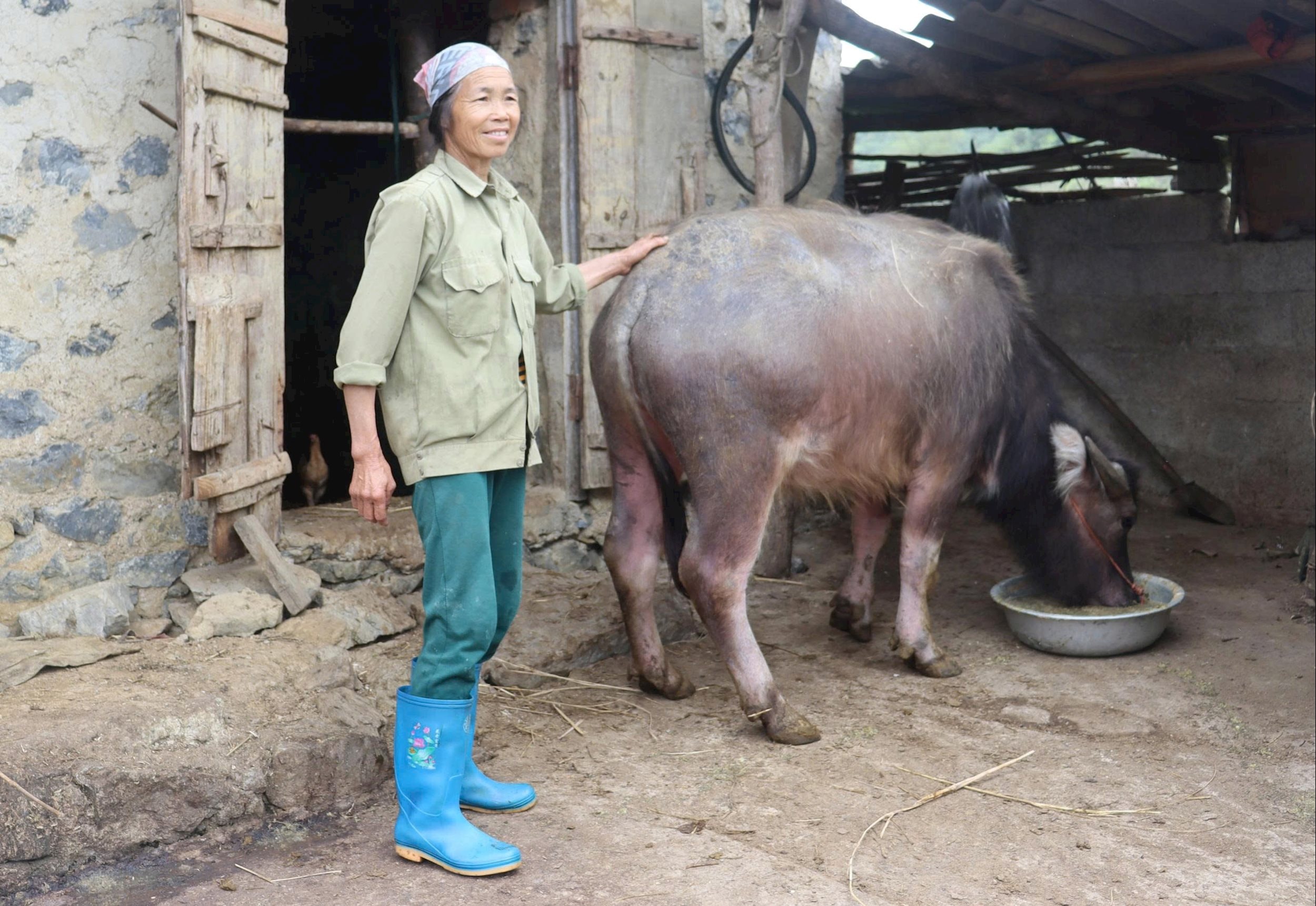
After 3 years of implementing the breeding cow project, many households in Quang Han commune have a stable source of income, each household has an income of 30 - 40 million VND/year from selling calves. In Ly Bon commune, people raising breeding cows bring in an income of 80 - 100 million VND/year. Mrs. Ly Thi Hoa, Ly Bon commune happily said: My family was supported with a loan of 50 million VND to buy 2 breeding cows and attend a technical training class. Before, I only knew how to let the cows roam freely, now I know how to build barns, plant grass and prevent diseases. After 2 years, the cows developed well, gave birth to 2 litters, sold the calves to get capital and have more money to reinvest. Thanks to that, the family's life has been improved, no longer having to worry about having enough to eat or going hungry like before.
Mr. Hoang Van Phuc, Thanh Cong commune shared: “Previously, my family only relied on growing corn, with insignificant income. Since receiving loan support, I have invested in growing cassava and producing vermicelli, which has significantly increased my income. Now, not only do we have enough to eat, but we also have money to renovate our house.”
The models have contributed to creating sustainable livelihoods, while also arousing the spirit of initiative and creativity in production development of the people. Some products such as medicinal herbs, oranges, and specialty sticky rice are being branded, gradually affirming their position in the market.
There are still many problems that need to be resolved.
Despite initial results, Project 9 still faces many difficulties. Recent monitoring by the Cao Bang Provincial People's Council shows that the progress of capital disbursement in some districts is still slow; many localities have not really proactively developed specific plans; production models are still small and fragmented, and have not yet formed a sustainable value chain.
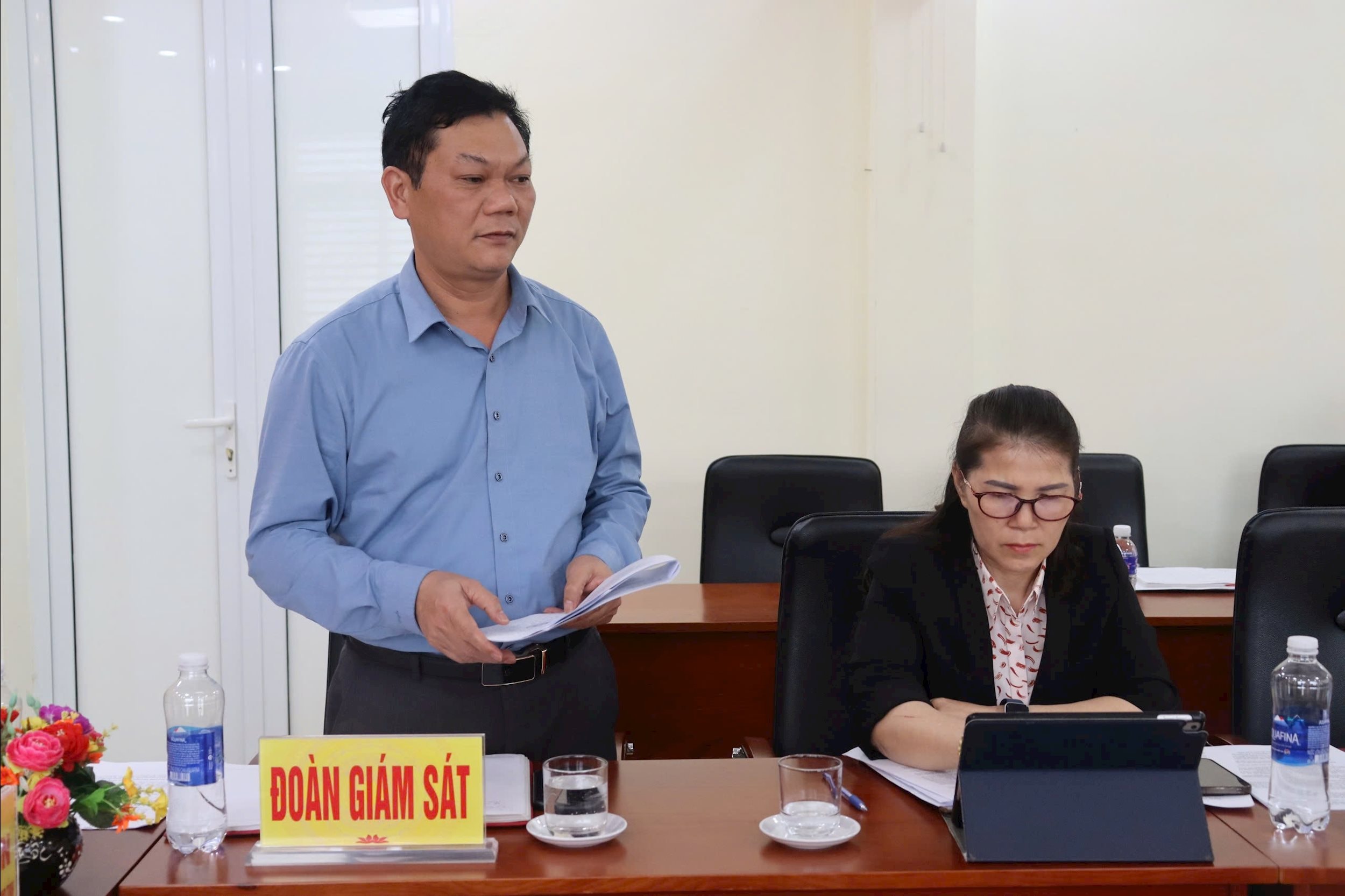
In addition, the level of support is still low, while the price of materials and breeds is high, making it difficult for people to expand production. Some models lack linkages to consume products after support, leading to difficulties in long-term maintenance. In addition, the application of science and technology and the transformation of crop and livestock structure are still slow; the management and operation capacity of some cooperatives is still weak.
The integration mechanism between programs and projects still overlaps; the identification of beneficiaries and the allocation of capital are sometimes not close to actual needs. Inspection and supervision at the grassroots level are not regular, leading to difficulty in properly evaluating the effectiveness of the model.
Based on the monitoring results, the Cao Bang Provincial People's Council requested the Provincial People's Committee and departments and branches to continue reviewing and adjusting the implementation plan of Project 9 in a concentrated direction, avoiding spreading; prioritizing support for models with potential for replication, associated with local key products.
In addition, it is necessary to strengthen coordination with enterprises and cooperatives in production-consumption linkages, helping people have stable output. At the same time, focus on developing OCOP products, improving quality and designs to expand the market.
Training and technology transfer need to be carried out closely, in accordance with the characteristics of each ethnic group and each production region. In addition, it is necessary to support the building of brands and geographical indications for typical agricultural products, creating competitive advantages in the market.
The Provincial People's Council also emphasized the role of periodic monitoring and evaluation to ensure effective use of capital, promptly remove difficulties, help policies truly come into life, and bring sustainable livelihoods to people in ethnic minority areas.
With the right orientation and determination of all levels and sectors, Project 9 is gradually showing its effectiveness, opening up a direction for agricultural development according to the value chain, linking production with the market, contributing to sustainable poverty reduction and increasing income for people. In the coming time, Cao Bang will continue to replicate effective models, promote production linkages, and create a solid foundation for the comprehensive development of ethnic minority and mountainous areas.
Source: https://daibieunhandan.vn/cao-bang-tang-hieu-qua-ho-tro-phat-trien-san-xuat-theo-chuoi-gia-tri-o-vung-dong-bao-dan-toc-10396894.html



![[Photo] Prime Minister Pham Minh Chinh attends the patriotic emulation congress of the banking sector](/_next/image?url=https%3A%2F%2Fvphoto.vietnam.vn%2Fthumb%2F1200x675%2Fvietnam%2Fresource%2FIMAGE%2F2025%2F11%2F24%2F1763981997729_tt-nhnn-jpg.webp&w=3840&q=75)






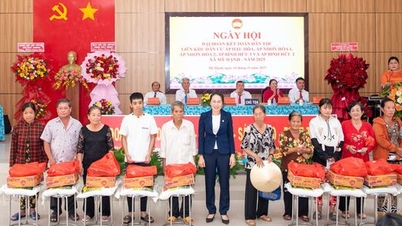

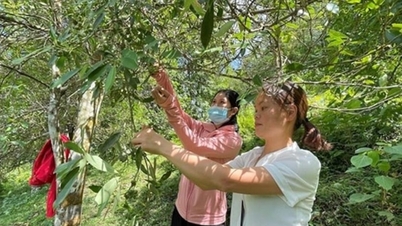


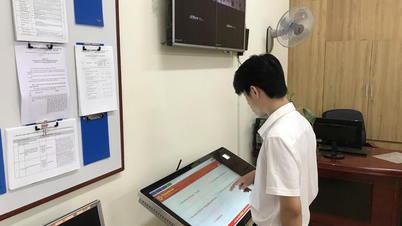

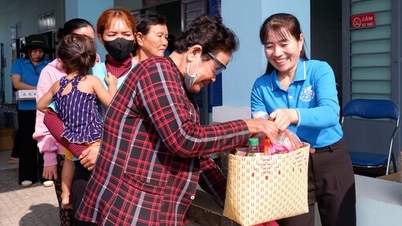


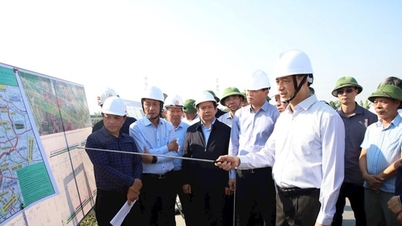

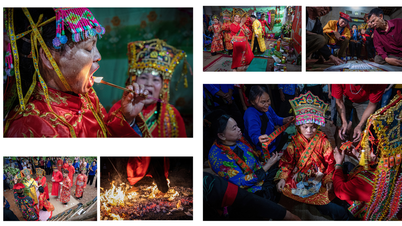



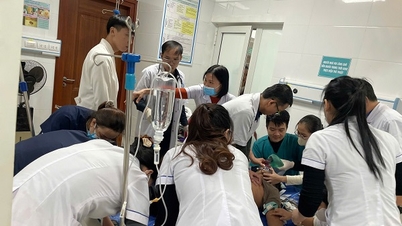




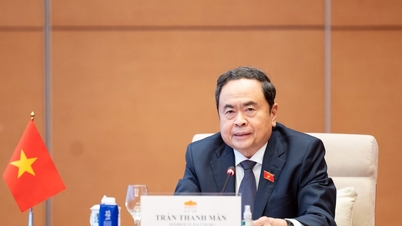

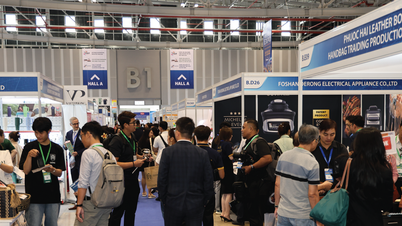


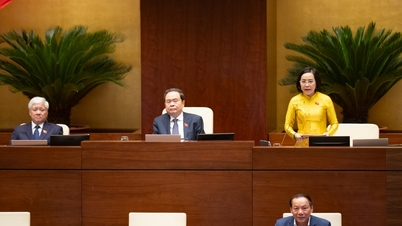
![[Photo] Next to the "mountain of trash" after the flood, Tuy Hoa residents strive to rebuild their lives](/_next/image?url=https%3A%2F%2Fvphoto.vietnam.vn%2Fthumb%2F1200x675%2Fvietnam%2Fresource%2FIMAGE%2F2025%2F11%2F24%2F1763951389752_image-1-jpg.webp&w=3840&q=75)





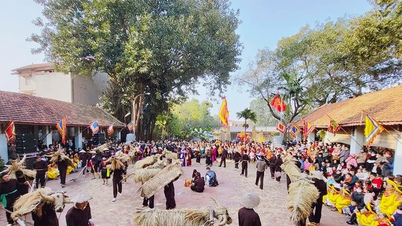

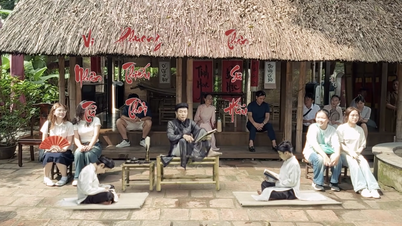


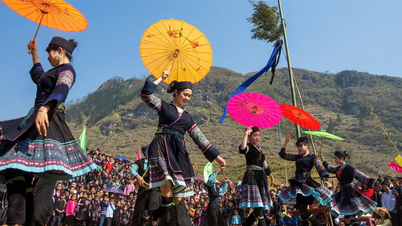









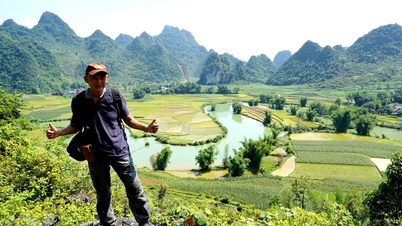

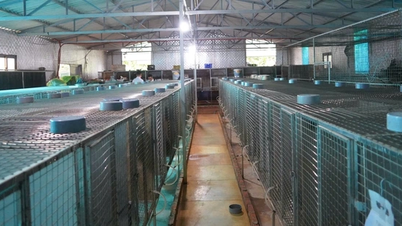



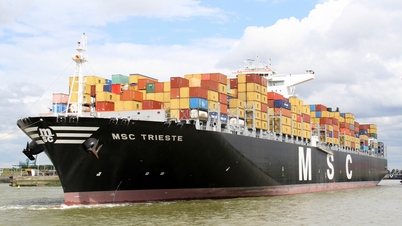













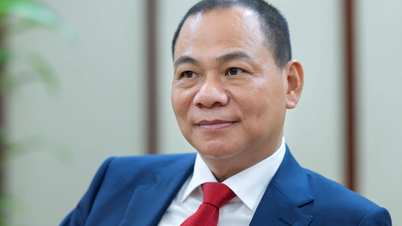



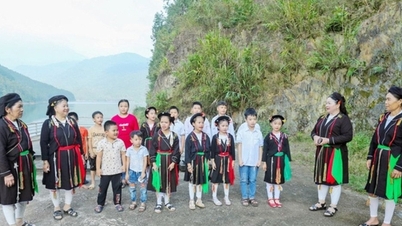

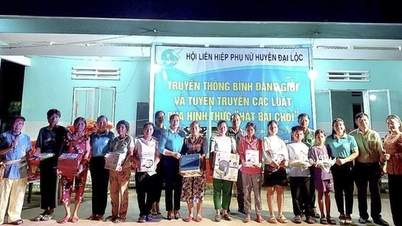
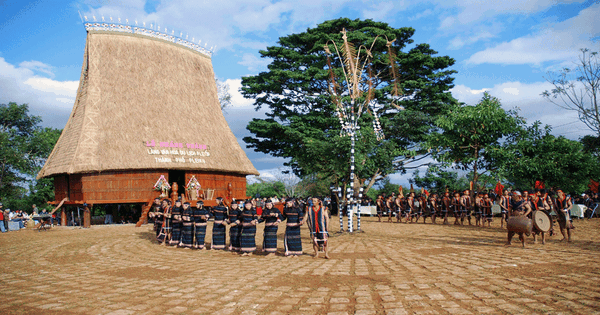



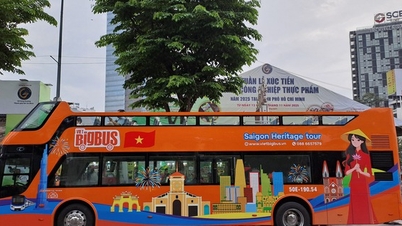


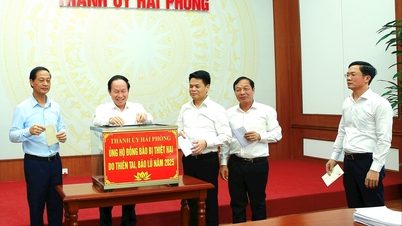















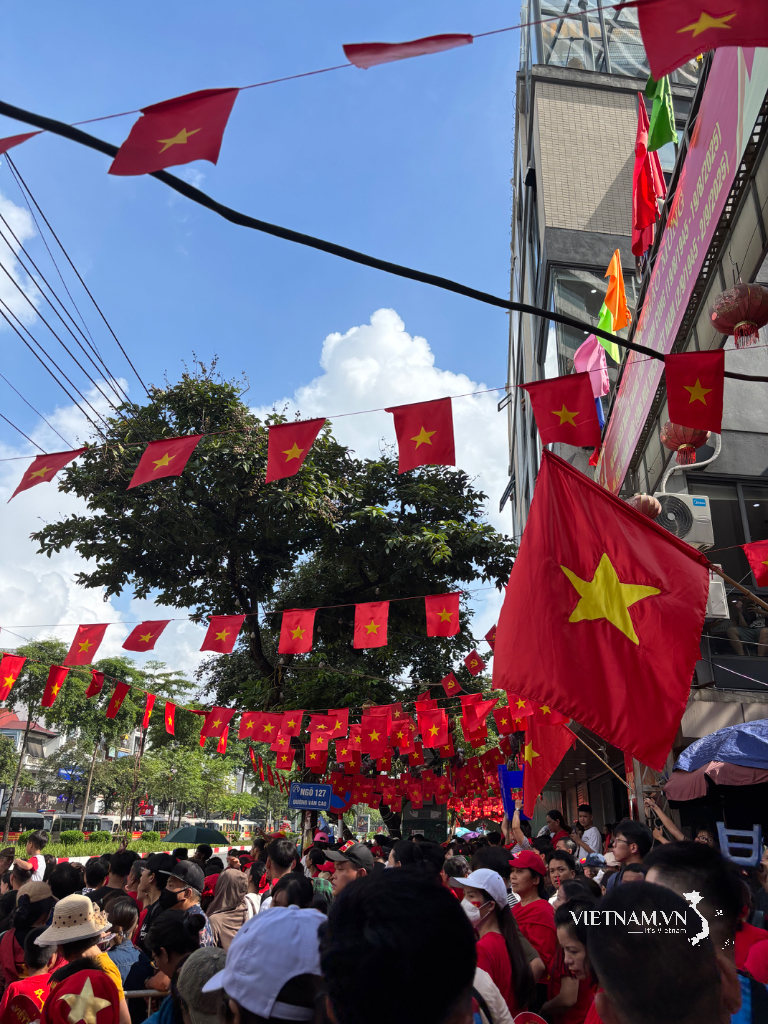

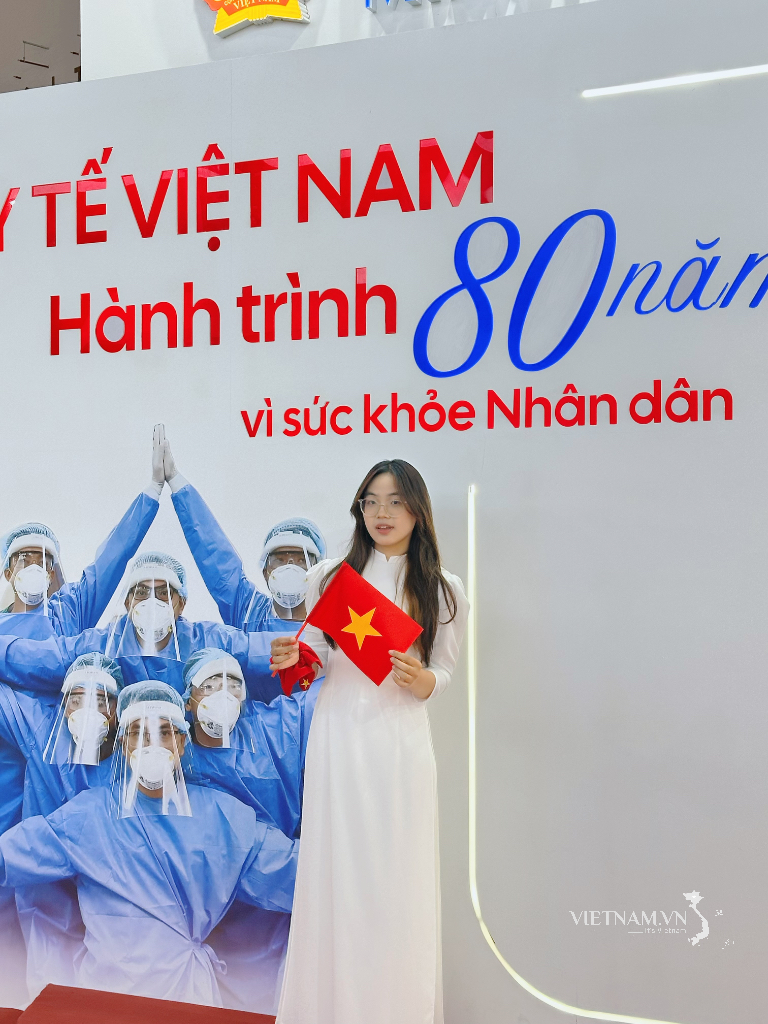
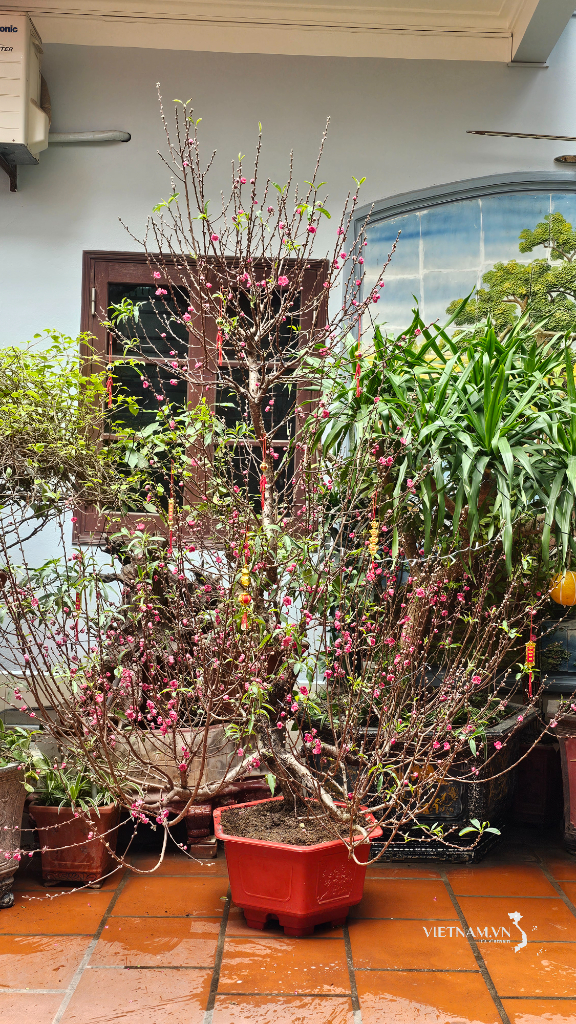
Comment (0)